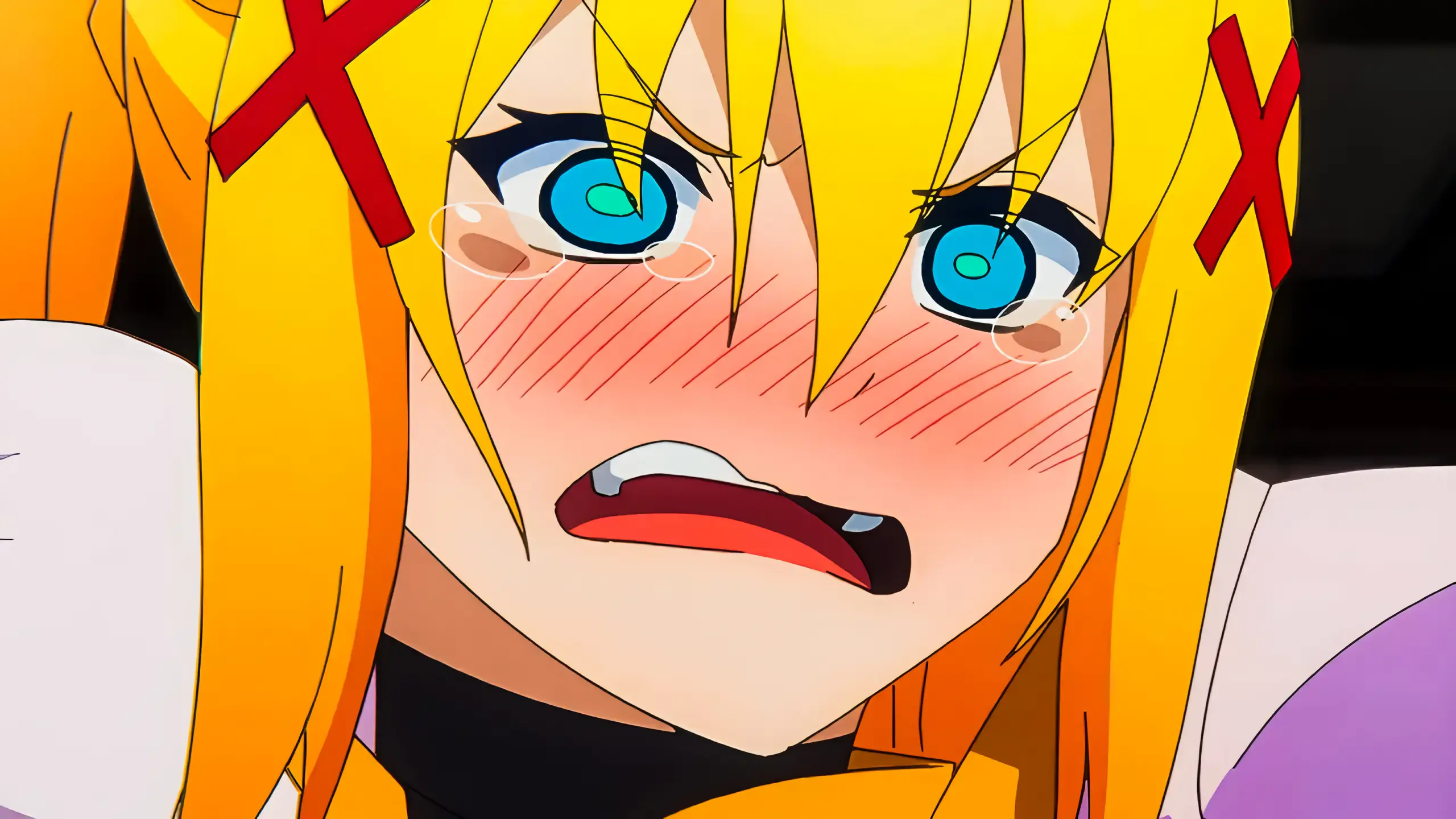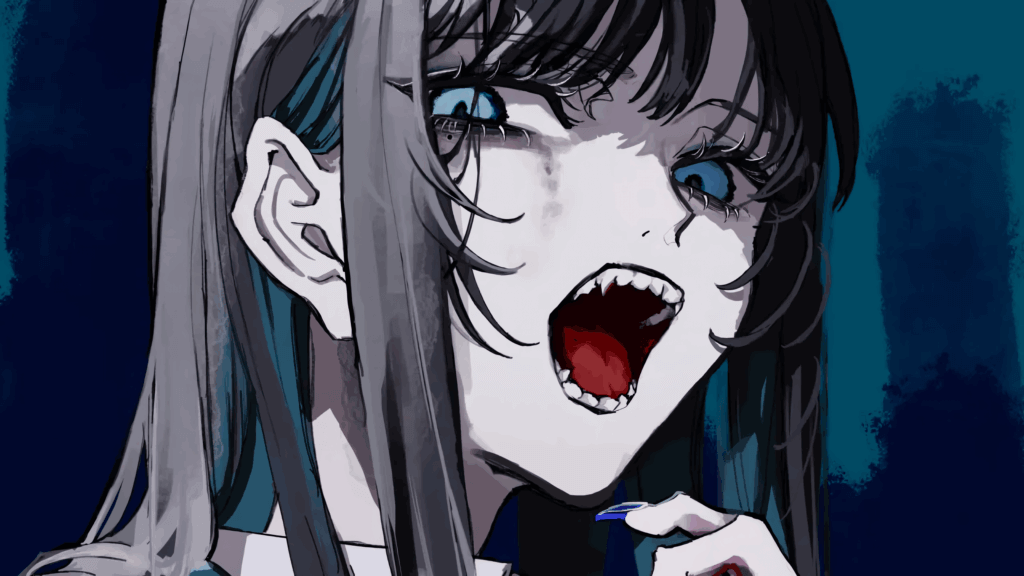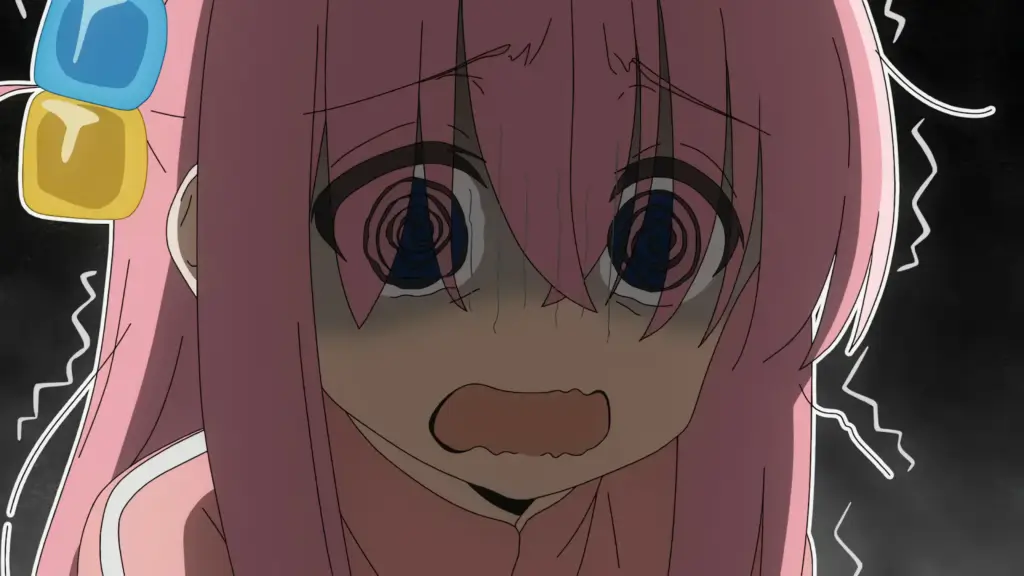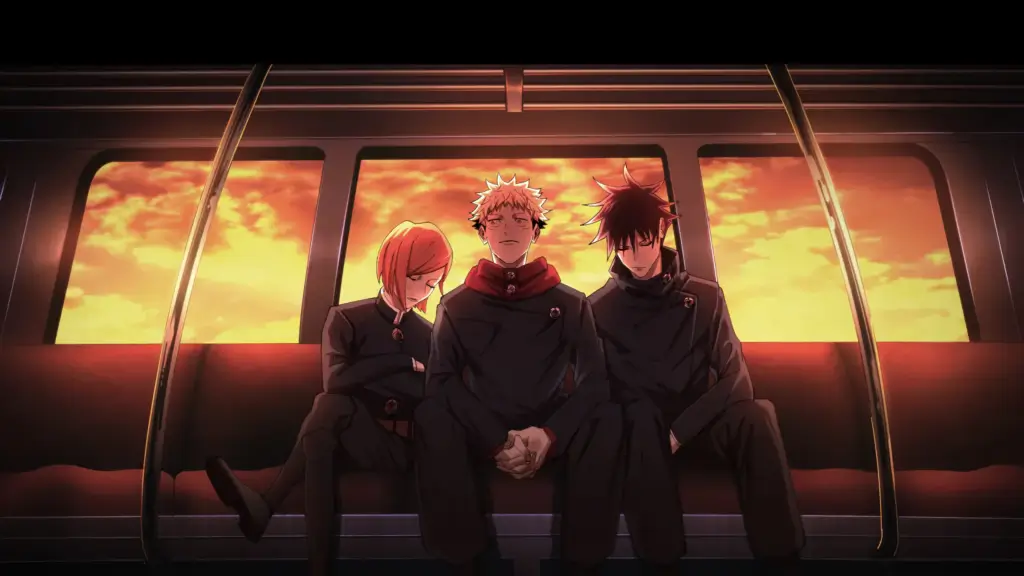For over a decade, the isekai genre has ruled the anime landscape with countless titles released every season. However, this dominance has come at a cost. The repetition of identical plots and overpowered protagonists has led to creative stagnation and fatigue among even the most loyal fans.
The Isekai Boom and Its Repetitive Formula
In every new anime season, at least ten isekai series appear, but only a few manage to stand out. Despite poor reviews, shows like "Isekai wa Smartphone to Tomo ni" and "Arifureta" still attract solid viewership. This persistence is no mystery. These adaptations effectively promote their original light novels and manga, turning anime into a marketing tool rather than a creative endeavor.
Much of the current content originates from Shosetsuka ni Naro, a platform where independent authors publish their works. There, the isekai formula dominates year after year, fueling a cycle of recycled ideas. Stories featuring reincarnated heroes, medieval fantasy settings, and invincible main characters continue to flood the market with little variation.
Between Success and Creative Burnout
Commercially, isekai remains a gold mine. Yet popularity does not always equal quality. The genre’s overuse has led to safe and predictable productions that rely on escapism and light humor instead of emotional depth. A few exceptions, including "Ascendance of a Bookworm," "Mushoku Tensei," and "KonoSuba," prove that originality still has the power to breathe life into the formula.
Still, fans are growing tired. Across social media and forums, discussions often criticize the repetition of predictable storylines and interchangeable characters. Some even argue that isekai should take a temporary break to recover its freshness and creativity.
When Isekai Meant Exploration, Not Exhaustion
In its earlier years, isekai wasn’t synonymous with excess. Classics such as "Fushigi Yuugi," "Digimon Adventure," and "Inuyasha" showed that traveling to another world could serve as a backdrop for emotional growth, adventure, and personal discovery. Series like ".hack//Sign" and "Magic Knight Rayearth" offered introspective takes on alternate realities, emphasizing themes like identity, purpose, and emotional connection.
These shows used the concept of another world not as an escape, but as a way to explore human nature. They invited viewers to reflect on belonging, growth, and what it means to start over—something that modern isekai stories often overlook.
The Core Takeaways from isekai anime genre
The fatigue surrounding isekai stems from creative complacency. Studios and publishers keep following proven formulas because they sell. However, this approach erodes the genre’s emotional core. When every protagonist becomes a god-like hero in a medieval world, audiences eventually stop caring. Innovation and risk-taking must return to restore the excitement that made isekai special.
The Road Ahead: How Isekai Can Reinvent Itself
The future of isekai depends on its ability to evolve. The core idea—being transported to another reality—still holds incredible potential. To move forward, creators must experiment with new settings, cultural influences, and emotional themes. Instead of repeating medieval worlds and endless power fantasies, they could explore science fiction worlds, psychological dramas, or modern-day reflections of escapism itself.
New storytelling perspectives can make the genre relevant again. Whether through experimental animation, grounded character arcs, or fresh world-building, isekai can rediscover its soul by daring to tell human stories in extraordinary places.
Why Reinventing Isekai Matters for Anime’s Future
Isekai’s revival isn’t just about rescuing a single genre—it’s about preserving creativity in anime as a whole. The medium thrives when risk and imagination drive its stories. By learning from the past and embracing innovation, isekai could once again inspire viewers with tales that go beyond comfort and predictability. Its transformation would signal a renewed era of narrative courage in Japanese animation.




